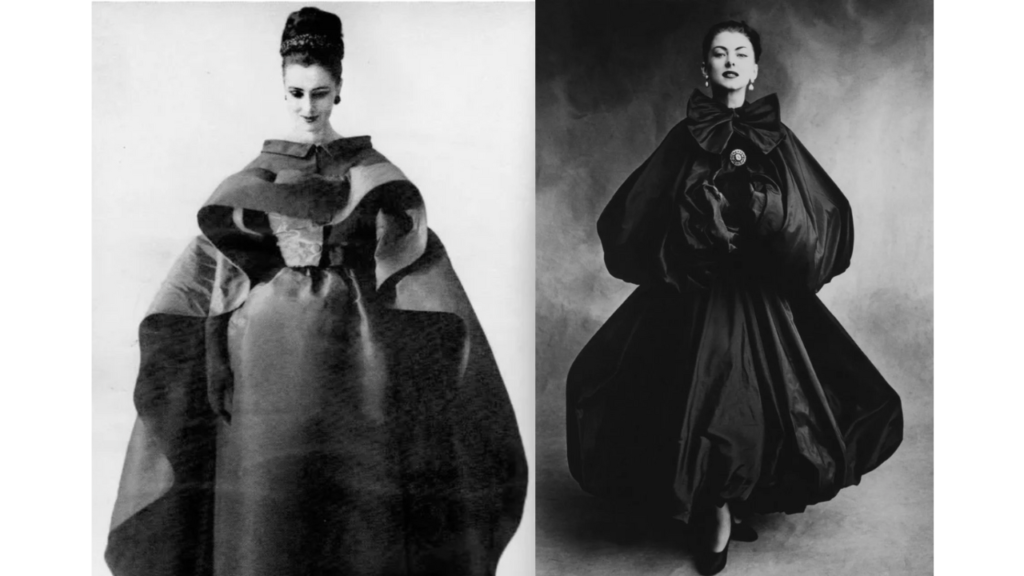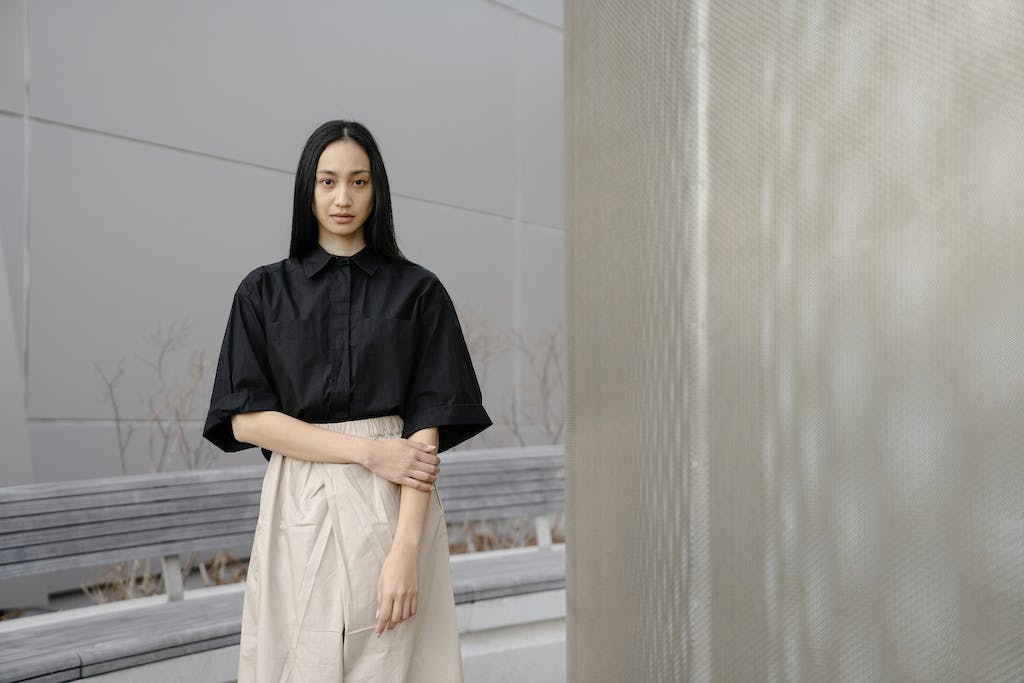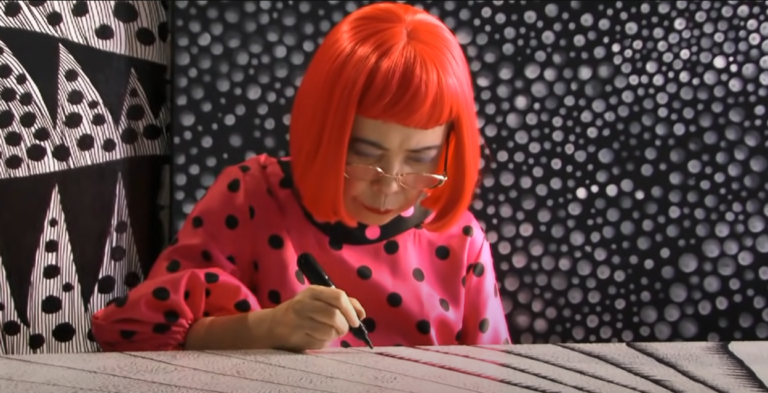How Cristóbal Balenciaga Shaped The Female Silhouette
Cristóbal Balenciaga, a name synonymous with revolutionary changes in women’s fashion, stands tall in the annals of haute couture history. He is best known for his designs that challenged what the prevailing fashion norms of the female silhouette during his time and it has heavily influenced the modern silhouette designs of women’s fashion today.
his visionary impact on women’s fashion
Balenciaga’s was a very private man, obsessed with his work. He was not bound by social norms but rather would roll and his early work laid the foundation for his revolutionary approach to women’s fashion. His initial designs, marked by their simplicity and elegance, already hinted at his inclination towards redefining the female silhouette. Unlike his contemporaries, Balenciaga was not afraid to deviate from the standard shapes and lines that dominated the fashion scene.
A Prelude to Change

In these early creations, Balenciaga began experimenting with volume and form, subtly steering away from the tight, waist-cinching shapes that were popular at the time. His designs started showing a preference for looser fits, fluid lines, and an overall ease that contrasted sharply with the structured and form-fitting styles of the era. This was just a prelude to the more radical changes he was about to introduce.
The Balenciaga Silhouette
Defining a New Shape
The Balenciaga silhouette is characterized by its fluidity and departure from the hourglass figure that was the hallmark of feminine fashion. He introduced designs where the waist was not the focal point, instead creating garments that flowed away from the body, offering a new form of elegance and freedom.
Iconic Pieces

One of his most iconic designs, the ‘sack dress,’ introduced in 1957, eliminated the waistline altogether, causing both shock and admiration in the fashion world. It liberated women from the harsh strict lines that they had to conform to. When this was released in the 1950s, Marilyn Monroe and Elizabeth Taylor were leading the Golden Age of Hollywood and they both had hour glass figures. This dress was a sharp contrast to the epitome of the body shape women were expected to have during that time: curves, a slim waist, large breasts and a hour glass body shape.
Another groundbreaking design was the ‘balloon jacket,’ which added volume and curved lines in a way never seen before. These pieces were not just garments; they were statements that challenged the norms of women’s fashion.
Key Designs That Defined an Era
Revolution through Iconic Pieces
Cristobal Balenciaga’s fashion era was defined by several key designs that dramatically altered women’s fashion. The ‘Cocoon Coat,’ with its broad collar and sweeping lines, and the ‘Baby Doll Dress,’ which introduced a new form of youthful femininity, are prime examples. These designs showcased his ability to combine architectural structure with fluidity, creating a visual impact that was both modern and timeless.
The Influence of Specific Collections
Each of Balenciaga’s collections introduced something novel, whether it was manipulating the waistline or redefining shoulder structures. For instance, his 1967 collection, featuring the ‘Pillbox Hat’ that was loved by Jacqueline Kennedy, First Lady of the United States from 1961 to 1963 became very popular.

Balenciaga managed to create a sophisticated balance between elegance and avant-garde design, creating comfortable fashion trends for women which they loved and he quickly garnered a fan base which he actively avoided as he greatly treasured his private life.
Technique and Craftsmanship
Mastery of Fabric and Form
Balenciaga’s techniques were groundbreaking. His use of heavy fabrics, which he molded into statuesque forms, was revolutionary. He employed methods like ‘bracelet sleeves’ and high-low hemlines to create unique silhouettes that played with perception and proportion.
The Art of Tailoring
Balenciaga’s skills as a tailor were unparalleled, he loved to examine fabric and sophisticated designs of the Spanish nobility. From a young age he discovered his passion as his own mother was the personal seamstress for a Spanish noble, Marquesa De Case Torres.
So impressed with his designs she set him up with an apprenticeship for tailoring which he mastered quickly. He was known for his precise cuts and innovative draping techniques. His ability to sculpt fabric directly on the mannequin allowed him to create complex, three-dimensional shapes that were both artistic and wearable. This mastery of tailoring was evident in pieces like his famous ‘Envelope Dress,’ which once again broke the norm about what should be the contours of the female body.
Read More: Who Was Cristobal Balenciaga | How He Learned To Tailor
Balenciaga’s Legacy in Modern Fashion
Influencing Contemporary Designers
Balenciaga’s influence extends well into contemporary fashion. Designers like Alexander McQueen and Rei Kawakubo have cited him as a significant influence, evident in their explorations of unconventional silhouettes and volumes.
Modern Homages to Balenciaga
Today’s fashion scene continues to pay homage to Balenciaga’s innovations. High fashion brands often reference his silhouettes and techniques, reinterpreting them in modern contexts. Demna Balenciaga a Creative Director for Balenciaga continuously explores what silhouette shapes should be and always seeks to push beyond our imaginary boundaries. We can see this from how he decided to dress Kim Kardashion at the 2021 Met Gala.
This ongoing tribute underscores Balenciaga’s enduring impact on fashion and his role in shaping the female silhouette.






